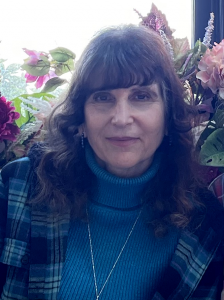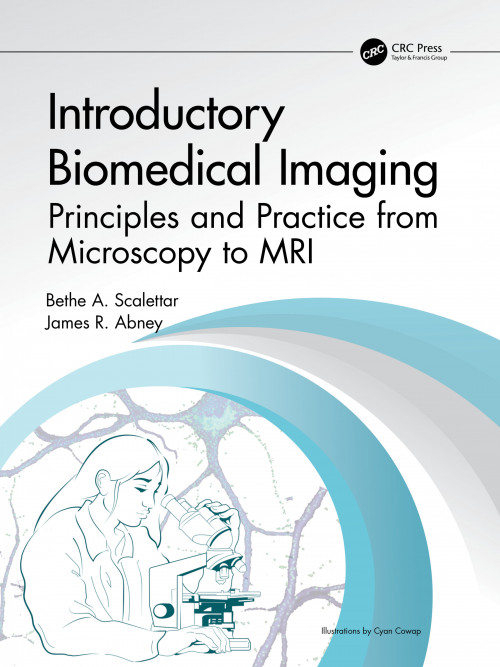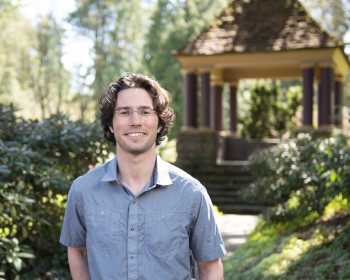NSF Grant to Enhance the Teaching of Biomedical Imaging
The National Science Foundation has awarded a three-year $400,000 grant to Professor of Physics Bethe Scalettar at Lewis & Clark and Professor of Physics Ralph Widenhorn at Portland State University. The funding will be used to create biomedical imaging lab activities that will be used in undergraduate courses around the country in conjunction with their related textbook.
The National Science Foundation has awarded Bethe Scalettar, professor of physics, and collaborator Ralph Widenhorn, professor of physics at Portland State University, a three-year $400,000 grant in support of their project, “Collaborative Research: Integrating Imaging Physics into Undergraduate STEM Education.”

This biomedical imaging integration project is a direct outgrowth of Scalettar’s previous research and curriculum development work over the past several years. The origins of this project can be traced to Lewis & Clark’s first Howard Hughes Medical Institute (HHMI) grant in 2008, which included support for the development of a course combining physics and the life sciences. With HHMI support, the physics department debuted Biomedical Imaging, an upper-level science course that (now) covers optical microscopy, several prominent medical imaging modalities, and digital image processing and analysis. The course, which is accessible to most students majoring in STEM fields, has the highest enrollment of L&C’s upper-level physics courses. Based on this course, Scalettar, together with her collaborator, James Abney, wrote a novel undergraduate textbook, Introductory Biomedical Imaging: Principles and Practice from Microscopy to MRI. This textbook was tested for several years at L&C and was published in September 2022 by Taylor and Francis.
The new NSF grant will enable Scalettar and Widenhorn to build on this earlier work, as well as similar research done by Widenhorn. It will lead to the development, evaluation, and dissemination of inquiry-driven teaching simulations and related teaching materials.

The team has found that medical imaging is founded heavily on ideas and approaches from many branches of physics, chemistry, and biology and is of broad interest. This interdisciplinary work, and its real-life significance, has the potential to promote interest in science and increase scientific literacy. Materials will be distributed for broad use by educators and the public through the Living Physics Portal, Moodle, and Canvas.
“Our project will generate engaging, interactive tutorials that will help the upcoming generation of scientists and nonscientists, as well as the general public, learn about and master the scientific foundations, diagnostic and therapeutic applications, and strengths and weaknesses of key medical imaging techniques, such as ultrasound and MRI,” says Scalettar. “We also hope our tutorials will enhance engagement, learning, and retention in STEM by illustrating its pivotal role in the fascinating and highly relevant fields of medical imaging and imaging science.”
Scalettar’s related research has been previously supported by multiple grants from the National Institutes of Health.
________
Information for this story was provided by Lewis & Clark’s Office of Sponsored Projects and Research Compliance.
More Newsroom Stories
Public Relations is located in McAfee on the Undergraduate Campus.
MSC: 19
email public@lclark.edu
voice 503-768-7970
Public Relations
Lewis & Clark
615 S. Palatine Hill Road MSC 19
Portland OR 97219

